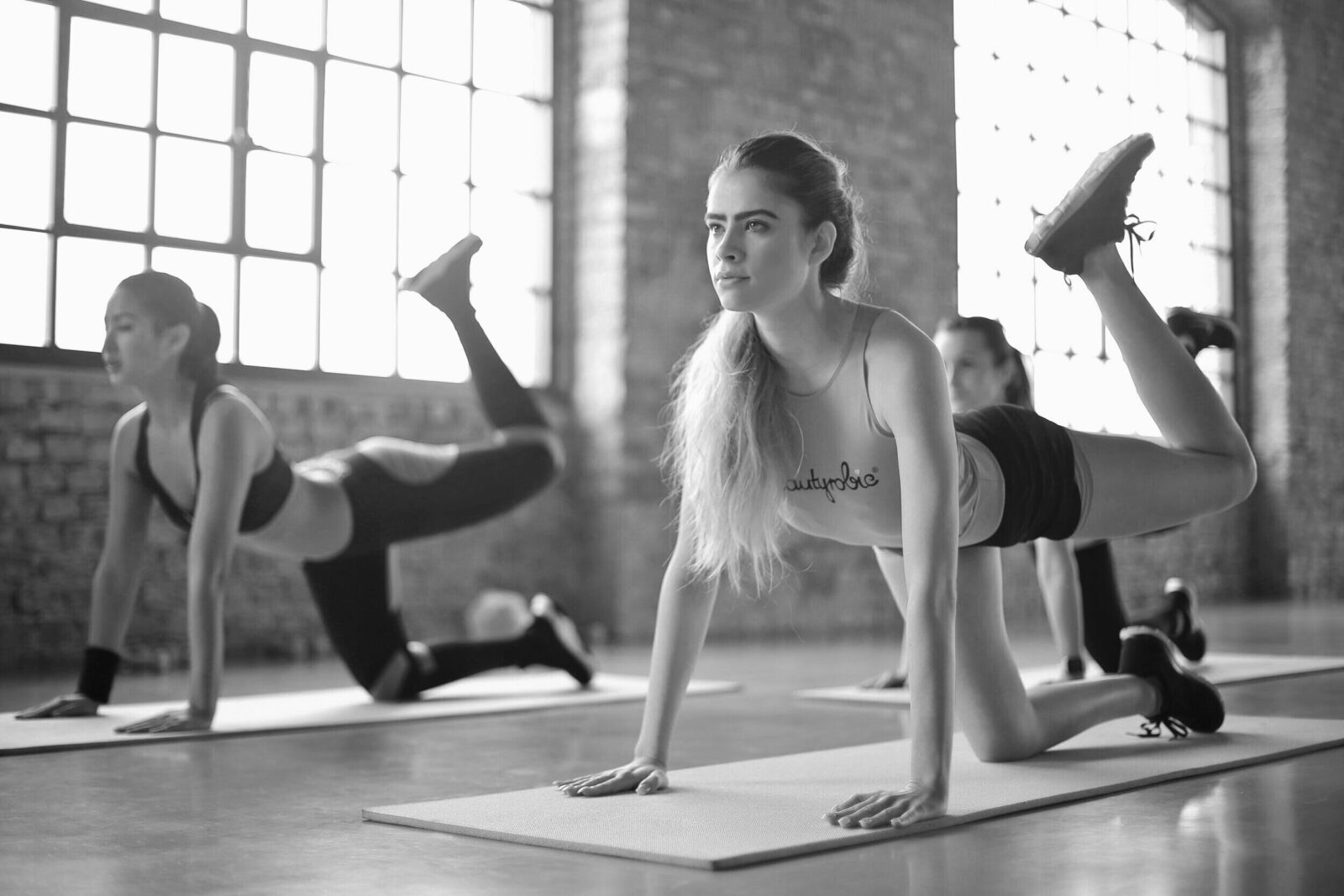BY DR. CATHLIN FITZGERALD, PT & DPT.
HIIT (High-intensity interval training) has gained popularity in recent years as an efficient and fun workout. While HIIT draws to mind burpees, jumping jacks, and push-ups, interval speedwork is also a HIIT workout. Endurance athletes have been doing HIIT workouts for ages; we just call it speedwork.
A recent study took a look at HIIT in a new way; does it matter if the effort for your interval is prescribed (ex: specific pace for your 800s, a percent of your max heart rate or VO2max) or if you get to choose your own effort? Does one result in better outcomes? Which is more enjoyable and therefore more likely for someone to practice consistently?
This study took 14 healthy, “habitually active” (defined as exercising for more than 150 minutes per week for at least the past year) adults and put them through 2 different HIIT workouts. Both workouts included a 5 minute warm-up on a bike, followed by 8 x 60 second efforts on the bike. In the first workout, the effort was prescribed as 80% of their peak power output (previously tested and calculated). In the second workout, participants were provided with an accessory on the bike to adjust their effort throughout the interval, with the only instruction to obtain an RPE (rate of perceived exertion) of 7/10 (defined as “very hard”).
Participants demonstrated higher average power output throughout the workout, higher heart rate consistently throughout, and higher blood lactate in the self-selected effort workout. Despite having control over their own effort, a large portion of the participants reported lower enjoyment in the self-selected HIIT.
Is the enjoyment lower because of higher effort? Was it less fun because of the mental energy required to focus and adjust constantly throughout the workout? Regardless, there are a few key takeaways here. 1) Unsurprisingly, we tend to overcompensate when given control of our own effort, resulting in more physiological work. Depending on the purpose of the workout, this may create a negative effect. Think of it like going consistently 10-15 seconds under the prescribed pace on every 800 in your workout. 2) If you’re doing a HIIT workout where the effort is self-selected or based on your perception, be aware of the tendency to push harder. Challenge yourself to find a pace or effort than you can maintain across every rep or set, as opposed to constantly adjusting. This will make the whole workout more enjoyable!
Source: Kellogg E Cantacessi C McNamer O et al. “Comparison of psychological and physiological responses to imposed vs self-selected high-intensity interval training”. Journal of Strength and Conditioning Research. 2018.

